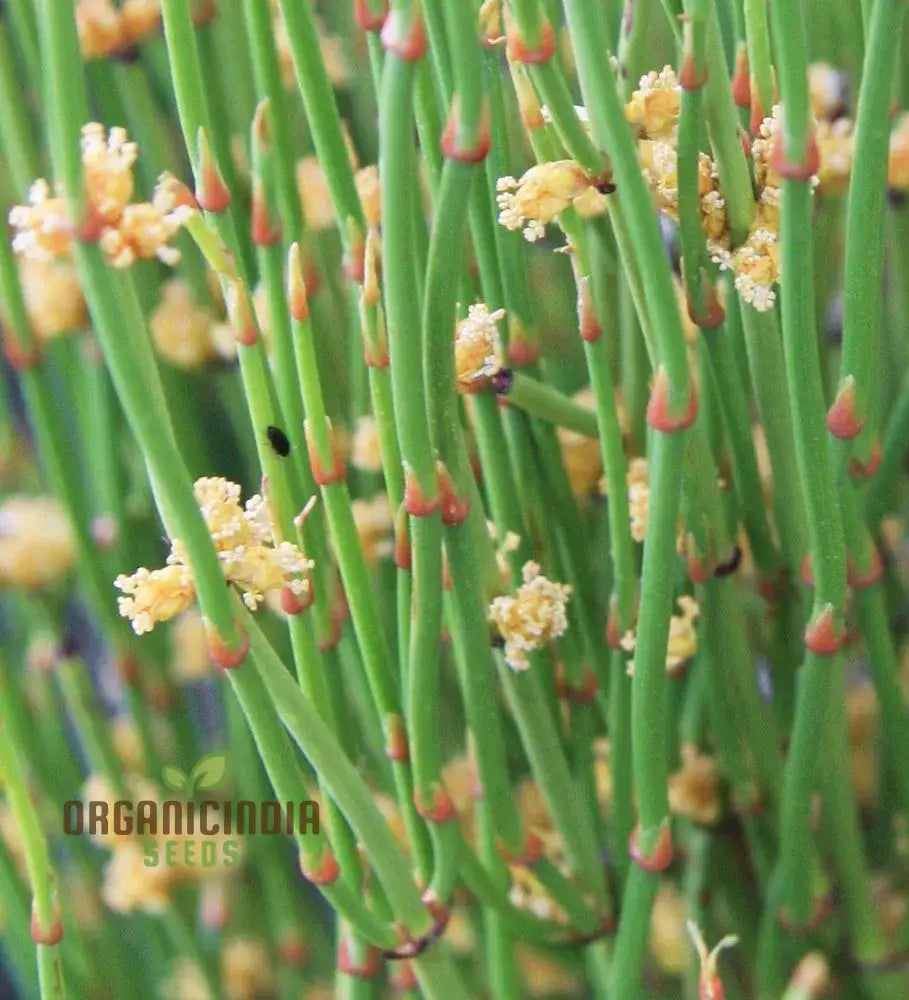Tendersweet Carrots: The Ultimate Guide to Growing Sweet, Crisp Carrots at Home
About Tendersweet Carrot
Tendersweet Carrot is a classic heirloom variety known for its long, smooth, and deep orange roots with an incredibly sweet and crisp texture. This variety is prized for its high sugar content, making it a favorite for fresh eating, juicing, and cooking.
Growing up to 9–10 inches in length, these coreless carrots are not only tender and flavorful but also highly productive in home gardens. Their uniform shape and deep color make them a great choice for both gardeners and market growers.
Tendersweet Carrots are cold-hardy and adaptable, thriving in a wide range of climates. Whether you are a beginner or an experienced gardener, this variety is an excellent addition to your vegetable garden.

When to Plant Tendersweet Carrots
Timing is crucial when growing carrots for the best flavor and texture.
- Spring Planting: Sow seeds 2–4 weeks before the last frost in early spring.
- Fall Planting: For a fall harvest, sow seeds 8–10 weeks before the first frost in late summer or early fall.
- Germination: Carrot seeds take 10–20 days to sprout, depending on temperature.
- USDA Zones: Best grown in zones 3–10.
Where to Plant Tendersweet Carrots
Carrots need loose, well-drained soil and plenty of sunlight to grow successfully.
- Sunlight: Full sun to partial shade (at least 6 hours of sunlight per day).
- Soil Type: Loose, sandy, well-draining soil with a pH of 6.0–7.0.
- Avoid Clay Soil: Compact soil can cause misshapen carrots.
How to Plant Tendersweet Carrot Seeds
Carrot seeds are tiny and need careful handling to ensure even spacing for proper growth.
Step 1: Soil Preparation
- Remove rocks, clumps, and debris from the soil.
- Work in organic compost or aged manure for nutrients.
- Loosen the soil up to 12 inches deep for straight carrot growth.
Step 2: Sowing the Seeds
- Sow seeds 1/4 inch deep and 2 inches apart in rows spaced 12 inches apart.
- Lightly cover with fine soil and water gently to keep the soil moist.
- Thin seedlings to 2–3 inches apart once they grow two sets of leaves.
Step 3: Watering & Germination
- Keep the soil consistently moist but not soggy.
- Use mulch to retain moisture and prevent weeds.
How to Care for Tendersweet Carrots
Watering
- Keep the soil evenly moist to prevent cracking.
- Water deeply once or twice a week, avoiding soggy conditions.
- Mulch with straw or compost to retain moisture and prevent weeds.
Fertilization
- Use a low-nitrogen fertilizer (such as 5–10–10) to promote root growth.
- Avoid fertilizers high in nitrogen, which encourages leafy tops instead of roots.
Weeding & Mulching
- Carrots have shallow roots, so hand-pull weeds instead of using tools.
- Apply mulch to retain moisture and suppress weeds.
Pest & Disease Control
- Common Pests: Carrot rust flies, aphids, and cutworms — use row covers for protection.
- Disease Prevention: Avoid overwatering and ensure good air circulation.
Companion Plants for Tendersweet Carrots
Pairing Tendersweet Carrots with the right plants can improve growth and pest resistance.
Best Companion Plants
- Lettuce — Provides shade and helps retain soil moisture.
- Radishes — Breaks up soil, allowing carrots to grow straighter.
- Tomatoes — Helps shade and conserve soil moisture.
- Herbs (Rosemary, Sage, Chives) — Naturally deter pests.
Plants to Avoid
- Dill & Parsley — Compete for nutrients and attract similar pests.
- Potatoes — May stunt carrot growth due to root competition.
Harvesting & Storing Tendersweet Carrots
When to Harvest
- Tendersweet Carrots are ready for harvest in 75–80 days.
- Check when roots reach 9–10 inches long and have a deep orange color.
- Harvest before they become overgrown for the best sweetness and texture.
How to Harvest
- Gently loosen the soil with a garden fork to avoid breaking the roots.
- Pull up carrots by the tops and shake off excess soil.
Storage Tips
- Store in the refrigerator for up to 4 weeks.
- Keep in a root cellar or sand storage for long-term preservation.
- Freeze or can carrots for extended use in soups and recipes.
Why Grow Tendersweet Carrots?
- Superior Flavor — One of the sweetest and most tender carrot varieties.
- High in Nutrients — Packed with beta-carotene, fiber, and antioxidants.
- Cold-Hardy — Can withstand light frosts, making it perfect for early spring and fall planting.
- Great for Juicing — Sweet and smooth, ideal for fresh juice blends.
- Long Storage Life — Stays fresh longer than many other varieties.
Final Thoughts
Tendersweet Carrots are a must-have for any home garden, offering a sweet, crisp texture and rich orange color. Whether eaten fresh, juiced, or cooked, this heirloom variety is an excellent choice for gardeners of all levels.
Start growing your own Tendersweet Carrots today with high-quality seeds from Organic India Seeds and enjoy homegrown, flavorful carrots all season long.



Laisser un commentaire
Ce site est protégé par hCaptcha, et la Politique de confidentialité et les Conditions de service de hCaptcha s’appliquent.